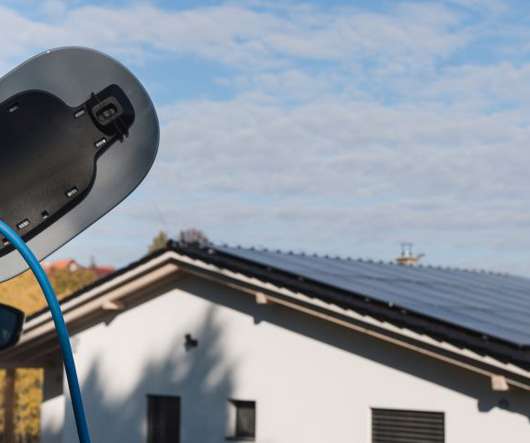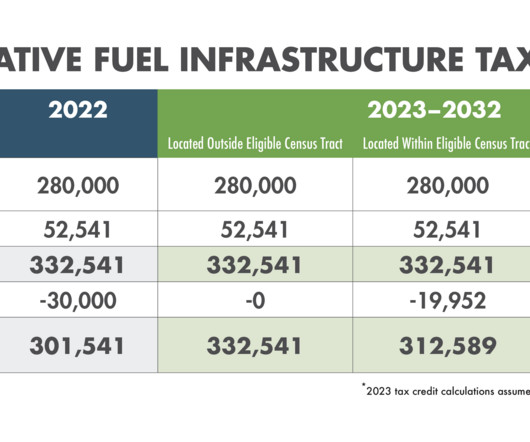Report finds that total transportation energy demand in California in 2050 could be reduced 30% relative to 2005
Green Car Congress
DECEMBER 23, 2011
However, total transportation energy demand in California could be reduced 30% relative to 2005 levels in 2050 through improving overall vehicle efficiency (which includes the use of advanced electric-drivetrains such as plug-in electric vehicles (PEVs) and hydrogen fuel cell vehicles (FCVs). Click to enlarge. Other main findings.



























Let's personalize your content